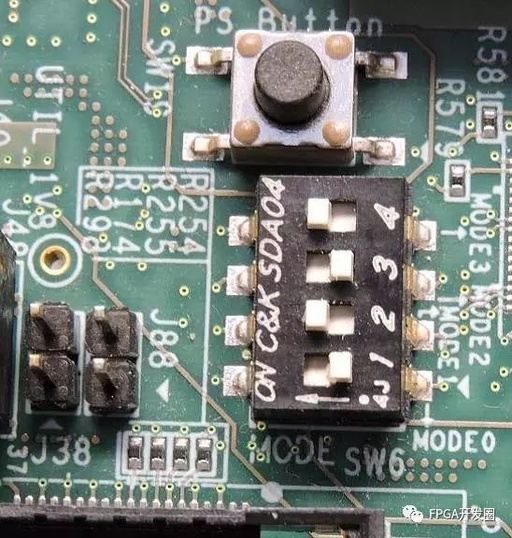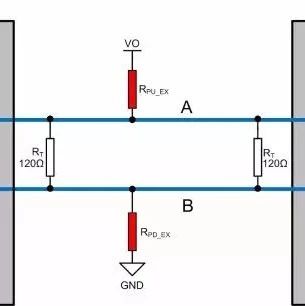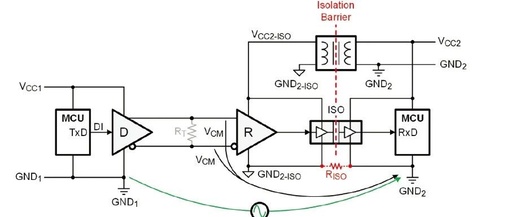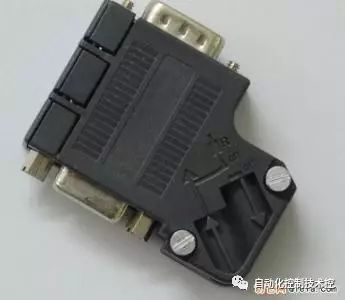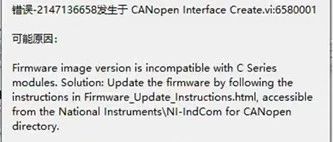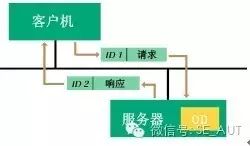RS-485 Interface Circuit Guide
Abstract: This design guide discusses how to design RS-485 interface circuits. It covers the necessity of balanced transmission line standards and provides an example of a process control design. The article also discusses line loading, signal attenuation, failure protection, and current isolation under different headings. 1 Why Balanced Transmission Line Standards Are Needed This article … Read more
